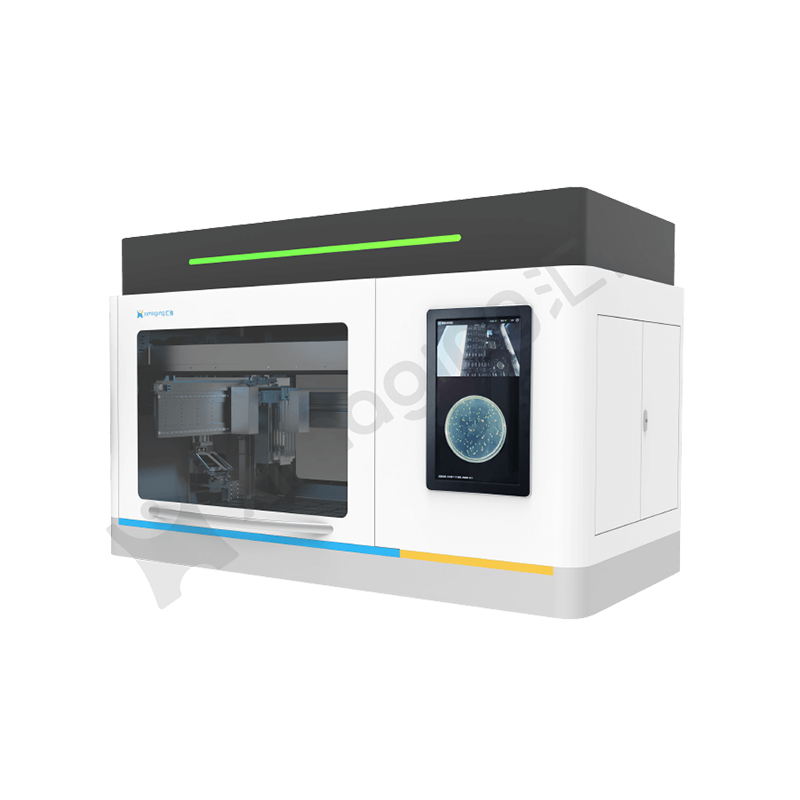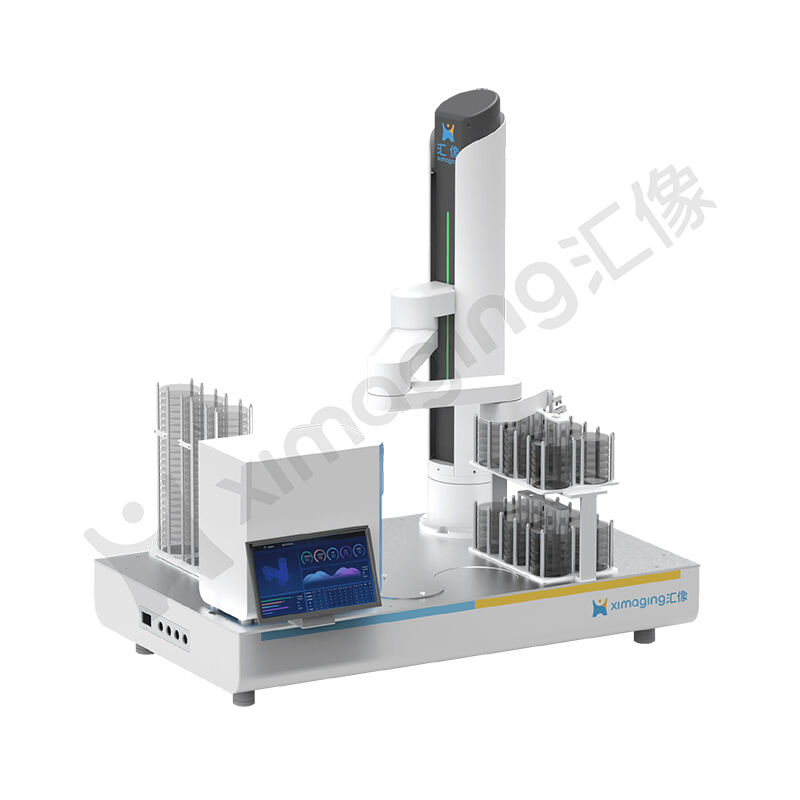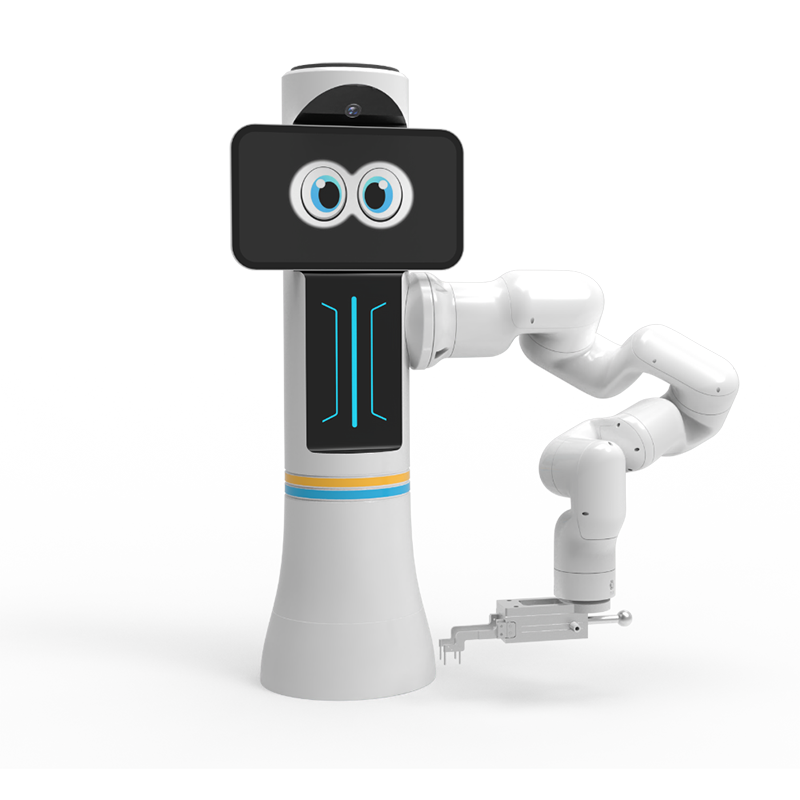Lab automation is as if a little robot assistant took up residence inside a science lab! It may sound like something out of a movie, but it’s real, and it’s transforming the way scientists pursue their work. Laboratory automation — that is, the use of technology to oversee and carry out experiments with minimal human intervention — is being reinvented through new tools that are making it faster, easier, and better than ever to do research.
The advantages of automation are enormous. Because when machines do the drudgery work of sampling and looking and even running experiments, then the humans who’d otherwise be stuck behind a lab bench get to do more of the fun — and more of the work of making sense of all that complexity. That’s because they can complete research projects faster and make new discoveries in science.
Smart laboratory automation technology is helping scientists work smarter. By using robots and other machines to perform tasks people normally do by hand, scientists can make fewer mistakes and be more accurate. This is a time-saver that gives them more-accurate results.

Lab automation is transforming research by enabling scientists to scale up what they do in less time. Through automation, the researchers can have their experiments run all day and night without having to watch everything all the time. This will enable them to work with more data, look at it more quickly, and advance more quickly toward their research objectives.

In this fast world of science, time is essential and saving them as much time as possible is crucial. By automating routine tasks, scientists free up time to think about the larger picture and work on things that require human ideas and creativity. This speeds up research, reduces costs and makes everyone more productive.

Unit 6: The Future of the Lab Exploring lab automation provides many opportunities for new discoveries in science. As technology improves, more is possible to automate in labs. The possibilities are endless, from robots that manage samples, to machines that gather and analyze data. Researchers can be surprised — and open new possibilities — by applying new technology to old problems.